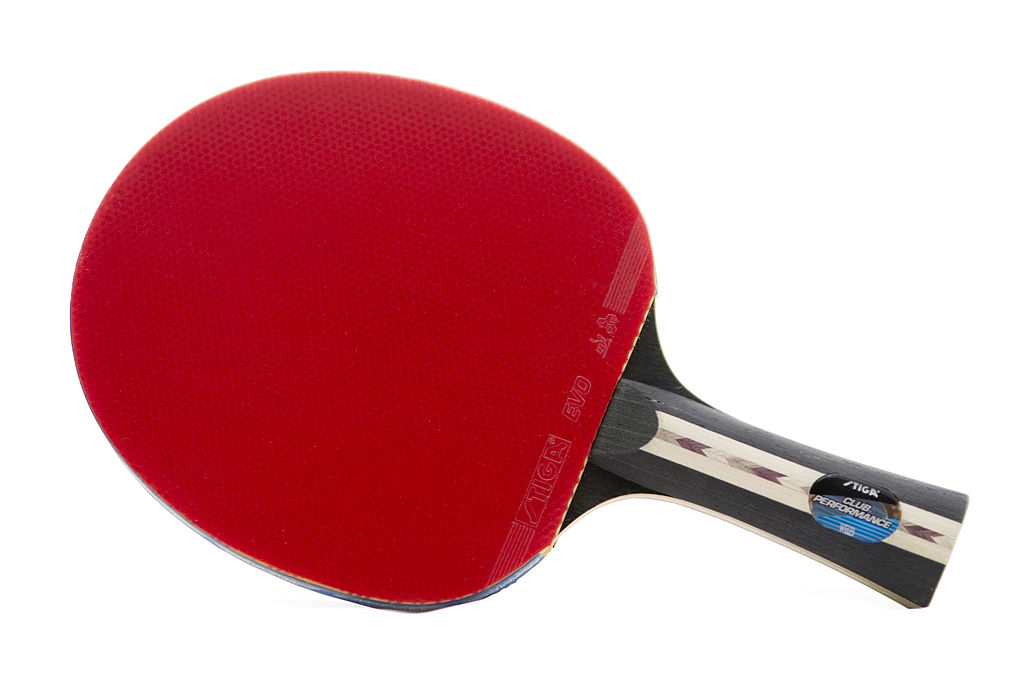How it’s made: Ping-pong paddles
Also called the
basic table tennis racket, ping-pong paddles are needed to play the game of ping-pong or table tennis. The design and surfaces of the paddles are regulated by the International Table Tennis Federation. This article describes how ping-pong paddles are made.
Composition
The Wood The paddle is commonly made from laminated wood with rubber stuck on either one or both sides. To ensure minimal error margin, 2 carbon layers are usually used in a paddle. E.G. Kelver, Titanium, Arylate, and Aramid. Most players have preferences regarding the kind of racquets they use. The blade wood are made from different materials like: Plywood Cypress – cheap wood Balsa – soft (the commonest) Ash – cross between cypress and ayous Walnut – Plywood material (hard and expensive) Movinge – a form of walnut wood Poplar – also commonly used
The rubber surface
The rubber used on the surface can be of pimpled rubber, with outward pointing pimples. It may also be made of sponge layer, and then covered with rubber with the pimples pointing inwards or outwards. The rubber is usually gotten from tropical plant-rubber, petroleum and natural gas-synthetic rubber. The type of rubber sheet used on the paddle affects the spin level, speed and play generally. Rubbers used for the surface must be approved for use by ITTF. Usually, approved rubbers have the ITTF emblem at their base. Regulations state that the color of the rubber on each side must be different; one side must be black and the other, red.
Glue and gluing
The rubber sheet is attached to the blade using standard tennis brand glues like DHS, Butterfly, and Donic. Unless designed precisely for table tennis, most conventional glues will not work. Back in the 80s, a special glue (called the speed glue) was developed, and applied at the beginning of every play. The glue helped improve the spin and speed of the ball by providing what was called the ‘catapult’ effect. Currently, speed glues have been banned from the Olympics games.
Finishing
After the rubbers are attached to the blades, the blades are tested to ensure they conform to specified standards. After this process, the paddles are packaged and shipped out for sale on the market. Oftentimes, most players request for custom made paddles and have them designed to taste.
Maintenance
To retain the high friction surface for ball spins, the paddles must be cleaned regularly. There you have it; how ping-pong paddles are made. Enjoyed reading this? You can design your branded ping-pong paddle here.


